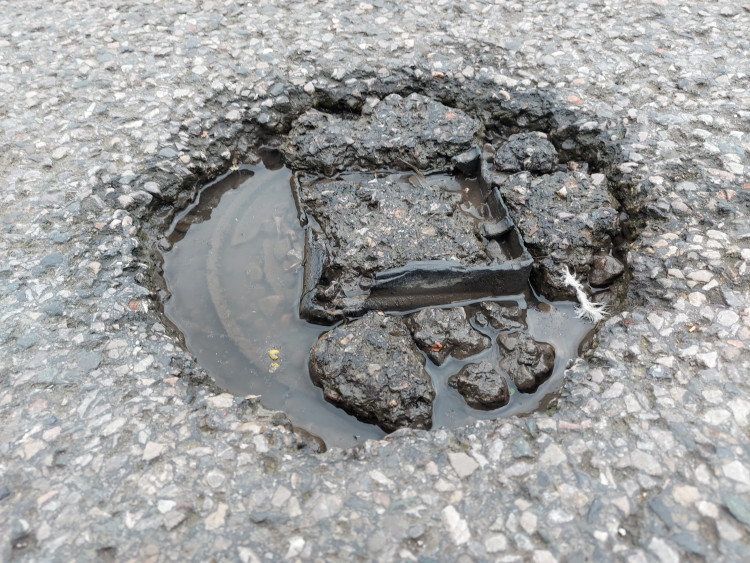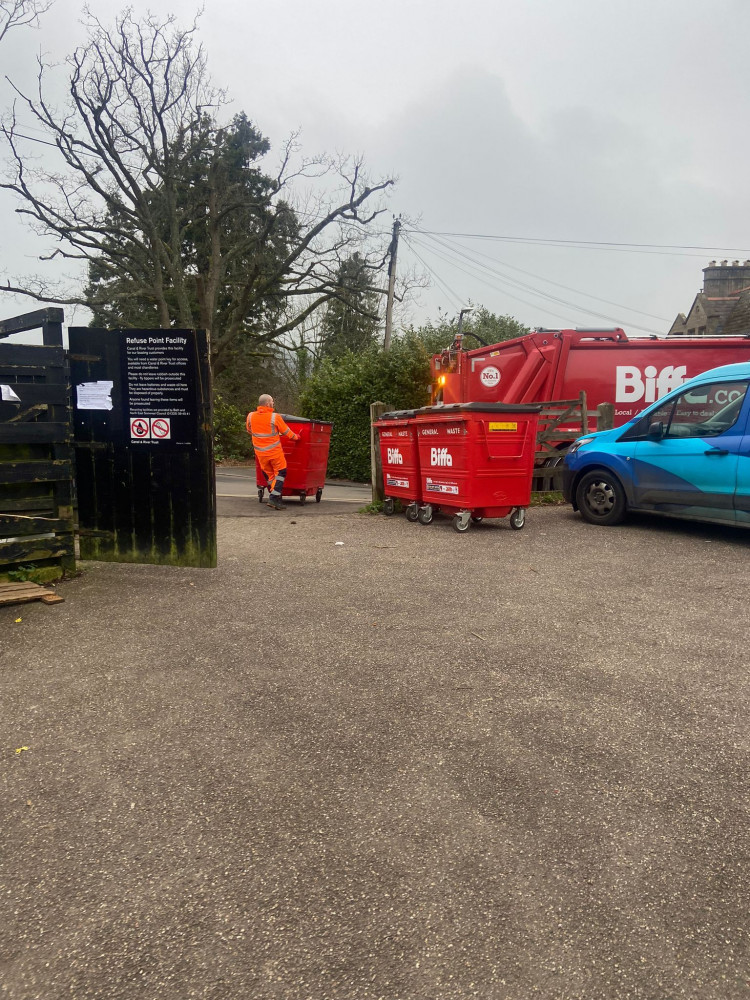In his second part of this fascinating local history column, Todd A Phillips reveals the history of lighting in the mines
By Susie Watkins
10th Feb 2021 | Local News
Once again, I would like to personally thank the readers for the support on these articles so far. Genuinely it's fantastic to see so many of you have taken an interest and given me the support along the way.
In my last article,
HERE: the Nub sitewe looked into our two very important scientists. Humphry Davy and George Stephenson. Both of whom introduced miner's lamps under their own names, increasing safety in mines. Therefore, I'd like to continue to share some more information and research on this. Let's dig in! Sorry, bad pun.
Why better lighting mattered.
Surprisingly, even though these new lamps increased a miner's safety, they were heavily resisted in the industry. The Davy lamp's light only gave one quarter of the light of a candle, and the Stephenson lamp gave just one ninth. Unable to see as well, led to less coal being mined. As miners were paid for the amount of coal they dug, the lack of production meant less pay. Not being able to wear the lamps on their caps, also created difficulties.Due to these reasons the use of safety lamps decreased, often only being used to test for gases, rather than for general light. Unfortunately, this meant that explosions in collieries continued as presumably miners often reverted to candlelight. Parliamentary committees were set up to investigate the causes of these explosions and how to prevent them.
One of the many who gave evidence to parliamentary committees, was a doctor by the name of William Reid Clanny, an Irishman and chief physician to the Bishopwearmouth and Sunderland Infirmaries and Monkwearmouth Colliery. His work gave him first-hand experience of the tragic results happening in the mines as a result of explosions. Clanny won two awards, a silver medal from the Royal Society of Arts in April 1816 and for the design of, what would eventually become the Clanny Lamp. He also won the gold medal from the Society for his third design. He continued to modify the lamp until his fifth and final design, which is his most recognised creation.
The final version of the Clanny lamp abandoned pumps and candles and decided to combine the features of the Davy and Geordie. An oil lamp that used a glass chimney, with no ventilation from beneath, whilst having a gauze cylinder with a double top. The air itself would then enter from the side and allow it to exit from the top. The glass cylinder would be secured with a brass ring which could be tightened. However, damage to the glass could cause the seal to compromise the whole device. Once the lamp detected firedamp the flame would strengthen. The flame must be kept high whilst in use, as a small flame in an enclosed area can allow firedamp to detonate by passing through the gauze. The larger flame kept the higher parts full of burning gas. Thankfully, the Clanny gave better light than the Davy and was easier to be handled, especially in a draught.
The next evolution in better lighting
During this period, a gentleman in Belgium, progressed on developing this safety lamp into a reliable tool. Monsieur Mueseler over an eleven-year timeframe he devolved the lamp by replacing the lower part of the design with a thick glass cylinder. The claim would be the flame could not enter through the gauze except under severe conditions and would remain cool as heat would rise up the chimney. Eventually, a Belgian company bought it to prominence in 1840 (the start of the Victorian Era) and by 1864 it became the only safety lamp underground in Belgium. Naming it the Mueseler lamp. This lamp was bought to Britain in 1841 but did not catch on. Both designs of Clanny's and Mueseler's were produced by different manufactures and Mueseler's chimney becoming a recognised component of the later forms of safety lamp. Major developments had now been made; however, the evolution of these lamps became the story of the company rather than the creators themselves.
Electric lightning was introduced in the 1900's and was bought into some o the mines. These would be put along the tunnels with lights on the walls or ceilings. By 1930 batter lamps were fixed into a miner's helmet. By this point Alex Hann's technologies were used for detecting gasses only and not for lighting at all. In my next article we will explore more about this gentleman and the impact this local had.
Now that was a lot to learn! My thanks again to the Radstock Museum team for allowing me to dive into their archives and share all of this with you. Be sure to do your own exploring in the museum when this lockdown is over. Until the next month for our next exploration.
Todd Arthur Phillips
References: Five Arches, journal of the Radstock and Midsomer Norton Museum Society. Issue No.63 Summer 2008 (Miners' Safety Lamps pt. 2) To subscribe to Five Arches (3 issues published per year) please go to www.radstockmuseum.co.uk scroll down the home page until you see the Five Arches click there to subscribe online or find details of subscribing by post.
New midsomernorton Jobs Section Launched!!
Vacancies updated hourly!!
Click here: midsomernorton jobs
Share:





